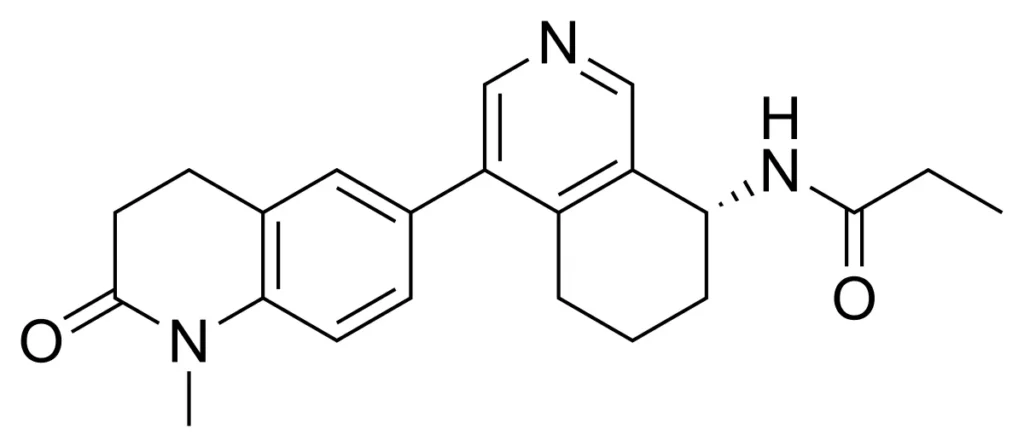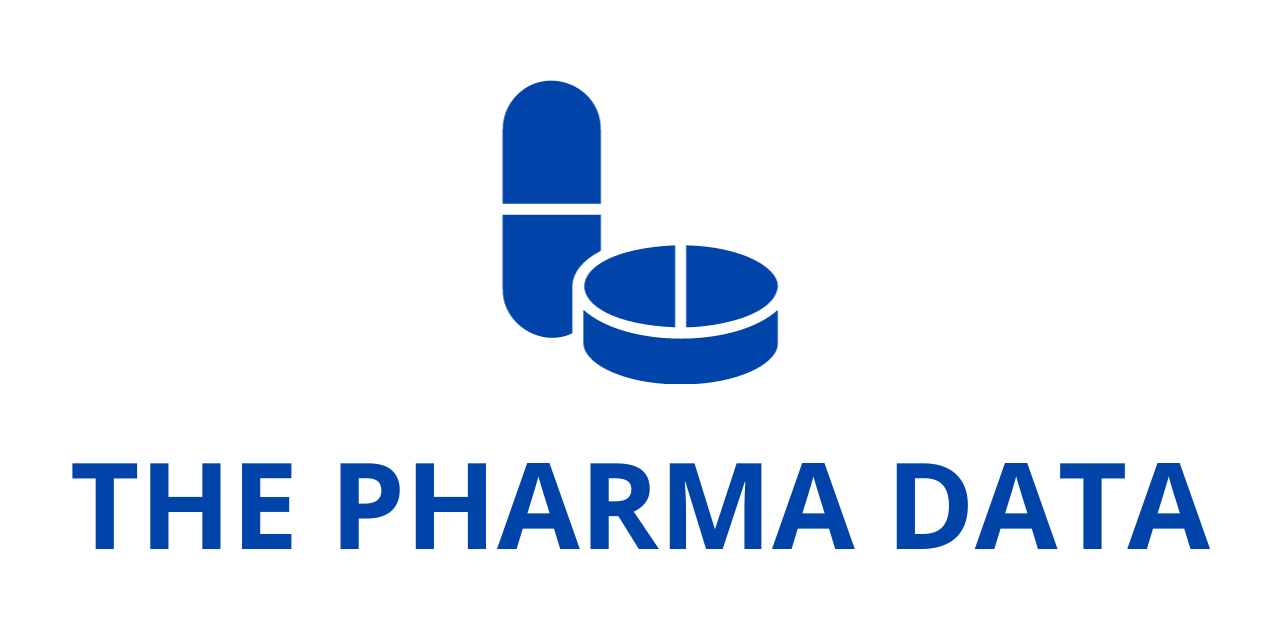
Baxdrostat Achieves Positive Results in Phase III BaxHTN Trial, Demonstrating Significant Blood Pressure Reduction in Patients with Uncontrolled or Resistant Hypertension
AstraZeneca has announced promising top-line results from its pivotal Phase III BaxHTN clinical trial evaluating the efficacy and safety of baxdrostat in patients suffering from uncontrolled or treatment-resistant hypertension. The trial met its primary endpoint and all secondary endpoints, demonstrating that once-daily baxdrostat at both the 2mg and 1mg doses significantly reduced mean seated systolic blood pressure (SBP) compared to placebo at 12 weeks. These outcomes offer new hope for a patient population with few treatment options and underscore the potential of baxdrostat as a first-in-class therapeutic targeting a novel mechanism of action.
A Significant Advancement in the Treatment of Hypertension
The BaxHTN trial enrolled patients whose hypertension remained uncontrolled despite being on at least two antihypertensive agents or who met the criteria for treatment-resistant hypertension while receiving three or more antihypertensive drugs, including a diuretic. These patients were randomized to receive either baxdrostat or placebo, in addition to their existing standard-of-care therapy.
Results revealed that patients receiving baxdrostat experienced a statistically significant and clinically meaningful reduction in mean seated systolic blood pressure compared to those receiving placebo. The reductions were observed at both tested doses, 2mg and 1mg, indicating dose-dependent efficacy. Notably, all secondary endpoints in the study were also achieved, further validating the potential of baxdrostat to redefine hypertension management in a population that has been underserved by current therapies.
Moreover, baxdrostat was generally well tolerated across treatment arms, with a safety profile that supports its continued development. Adverse events were comparable between baxdrostat and placebo groups, with no significant safety signals emerging.
Addressing a Global Unmet Need
Hypertension is a widespread health crisis, affecting an estimated 1.3 billion people globally, according to the World Health Organization. It remains a leading risk factor for cardiovascular disease, which includes heart attack, stroke, heart failure, and chronic kidney disease. Despite the availability of numerous classes of antihypertensive medications, approximately half of all hypertensive patients in the United States fail to achieve blood pressure control, particularly those on multi-drug regimens.
The difficulty in achieving target blood pressure in many patients highlights a substantial unmet clinical need. Increasing evidence indicates that dysregulation of aldosterone—a hormone involved in sodium retention and blood pressure regulatin—plays a pivotal role in the pathophysiology of hypertension, particularly in its resistant forms. Elevated aldosterone levels are associated with increased cardiovascular and renal risk, yet existing treatments targeting this pathway are limited and often nonspecific.
Baxdrostat addresses this critical gap by specifically inhibiting aldosterone synthase, the enzyme responsible for aldosterone production. By selectively targeting this pathway, baxdrostat may offer a safer and more effective approach to controlling blood pressure without the off-target effects seen with other hormone-modulating therapies.
Expert Insights
Dr. Bryan Williams, Chair of Medicine at University College London and primary investigator of the BaxHTN trial, emphasized the potential clinical value of baxdrostat in addressing a long-standing therapeutic challenge.

“Many people continue to struggle with high blood pressure that is hard to control, even when taking multiple medications,” said Dr. Williams. “The highly promising BaxHTN Phase III results show that once-daily baxdrostat on top of standard of care can meaningfully lower systolic blood pressure and offer a potential new treatment approach for controlling hypertension, the leading risk factor for cardiovascular disease.”
His remarks reflect a growing consensus within the medical community that innovation in hypertension treatment has stalled over the past two decades and that new therapies with novel mechanisms of action are urgently needed to address resistant forms of the condition.
Sharon Barr, Executive Vice President of BioPharmaceuticals R&D at AstraZeneca, echoed this sentiment, highlighting the significance of the BaxHTN trial outcomes in the broader context of cardiovascular and renal medicine.
“We are very excited with the BaxHTN Phase III results, which show statistically significant and clinically meaningful reductions in systolic blood pressure,” said Barr. “These findings provide compelling evidence of baxdrostat’s potential to address a critical unmet need by targeting aldosterone dysregulation, bringing a novel mechanism to a field that has seen little innovation in over two decades.”
Trial Design and Methodology
The BaxHTN study was designed as a rigorous, multicenter, randomized, double-blind, placebo-controlled, parallel-group trial. Its objective was to evaluate the efficacy, safety, and tolerability of baxdrostat in adult patients with uncontrolled or treatment-resistant hypertension. Participants included individuals treated with at least two antihypertensive agents for uncontrolled hypertension or three or more agents—including a diuretic—for treatment-resistant hypertension.
The primary endpoint was the change in mean seated systolic blood pressure from baseline to week 12, measured at trough drug levels. Secondary endpoints included changes in diastolic blood pressure, response rates based on blood pressure thresholds, and safety/tolerability assessments.
The robust design of the trial, combined with the diverse patient population, enhances the generalizability of the results and supports the potential use of baxdrostat in real-world clinical settings.
Next Steps: Regulatory Submissions and Scientific Presentation
With the successful completion of the BaxHTN Phase III trial, AstraZeneca plans to engage regulatory authorities worldwide to discuss potential marketing applications for baxdrostat in hypertension. The full results will be presented during a late-breaking Hot Line session at the European Society of Cardiology (ESC) Congress in August 2025. This presentation is expected to provide further insights into the trial data, including subgroup analyses and long-term safety results.
A Pipeline with Broader Potential
While the current focus is on hypertension, baxdrostat’s unique mechanism of action positions it as a versatile candidate for a range of cardiometabolic conditions driven by aldosterone dysregulation. In addition to hypertension, the compound is being studied for its use in primary aldosteronism—another condition linked to excessive aldosterone production—and in combination with dapagliflozin, a sodium-glucose cotransporter 2 (SGLT2) inhibitor, for the treatment of chronic kidney disease (CKD) and the prevention of heart failure in high-risk hypertensive patients.
This strategic development approach reflects a broader commitment by AstraZeneca to addressing interconnected diseases within the cardiorenal and metabolic (CVRM) space, using targeted therapies grounded in precision medicine.
The positive results from the Phase III BaxHTN trial mark a major milestone in the development of baxdrostat and signal a new era in the treatment of uncontrolled and resistant hypertension. With a novel mechanism of action, compelling efficacy data, and a favorable safety profile, baxdrostat could become a game-changing therapy for millions of patients worldwide who continue to struggle with elevated blood pressure despite existing treatments.
As AstraZeneca prepares for regulatory filings and public dissemination of the full data, the cardiology community eagerly anticipates more detailed results that could pave the way for the first aldosterone synthase inhibitor to enter the hypertension market. If approved, baxdrostat has the potential to reshape treatment paradigms and offer renewed hope to patients and physicians alike in the global fight against cardiovascular disease.




